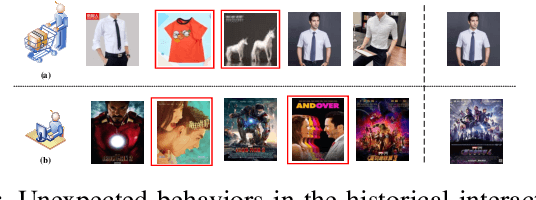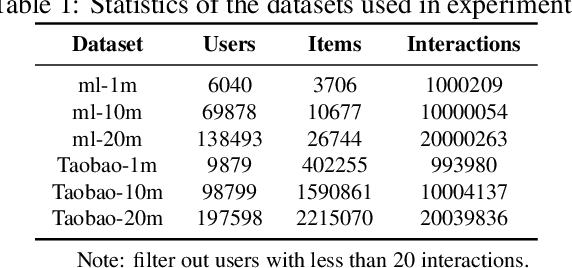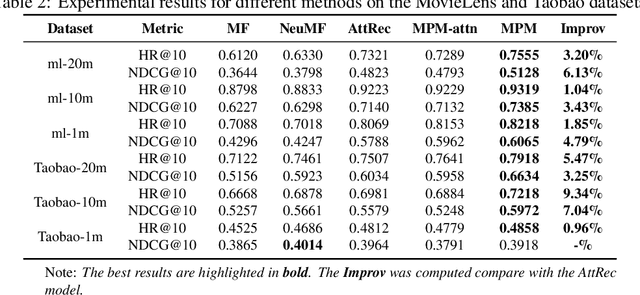Huazhi Sun
Boundary-to-Solution Mapping for Groundwater Flows in a Toth Basin
Mar 28, 2023



Abstract:In this paper, the authors propose a new approach to solving the groundwater flow equation in the Toth basin of arbitrary top and bottom topographies using deep learning. Instead of using traditional numerical solvers, they use a DeepONet to produce the boundary-to-solution mapping. This mapping takes the geometry of the physical domain along with the boundary conditions as inputs to output the steady state solution of the groundwater flow equation. To implement the DeepONet, the authors approximate the top and bottom boundaries using truncated Fourier series or piecewise linear representations. They present two different implementations of the DeepONet: one where the Toth basin is embedded in a rectangular computational domain, and another where the Toth basin with arbitrary top and bottom boundaries is mapped into a rectangular computational domain via a nonlinear transformation. They implement the DeepONet with respect to the Dirichlet and Robin boundary condition at the top and the Neumann boundary condition at the impervious bottom boundary, respectively. Using this deep-learning enabled tool, the authors investigate the impact of surface topography on the flow pattern by both the top surface and the bottom impervious boundary with arbitrary geometries. They discover that the average slope of the top surface promotes long-distance transport, while the local curvature controls localized circulations. Additionally, they find that the slope of the bottom impervious boundary can seriously impact the long-distance transport of groundwater flows. Overall, this paper presents a new and innovative approach to solving the groundwater flow equation using deep learning, which allows for the investigation of the impact of surface topography on groundwater flow patterns.
Robust Recommendation with Implicit Feedback via Eliminating the Effects of Unexpected Behaviors
Dec 21, 2021



Abstract:In the implicit feedback recommendation, incorporating short-term preference into recommender systems has attracted increasing attention in recent years. However, unexpected behaviors in historical interactions like clicking some items by accident don't well reflect users' inherent preferences. Existing studies fail to model the effects of unexpected behaviors, thus achieve inferior recommendation performance. In this paper, we propose a Multi-Preferences Model (MPM) to eliminate the effects of unexpected behaviors. MPM first extracts the users' instant preferences from their recent historical interactions by a fine-grained preference module. Then an unexpected-behaviors detector is trained to judge whether these instant preferences are biased by unexpected behaviors. We also integrate user's general preference in MPM. Finally, an output module is performed to eliminate the effects of unexpected behaviors and integrates all the information to make a final recommendation. We conduct extensive experiments on two datasets of a movie and an e-retailing, demonstrating significant improvements in our model over the state-of-the-art methods. The experimental results show that MPM gets a massive improvement in HR@10 and NDCG@10, which relatively increased by 3.643% and 4.107% compare with AttRec model on average. We publish our code at https://github.com/chenjie04/MPM/.
 Add to Chrome
Add to Chrome Add to Firefox
Add to Firefox Add to Edge
Add to Edge